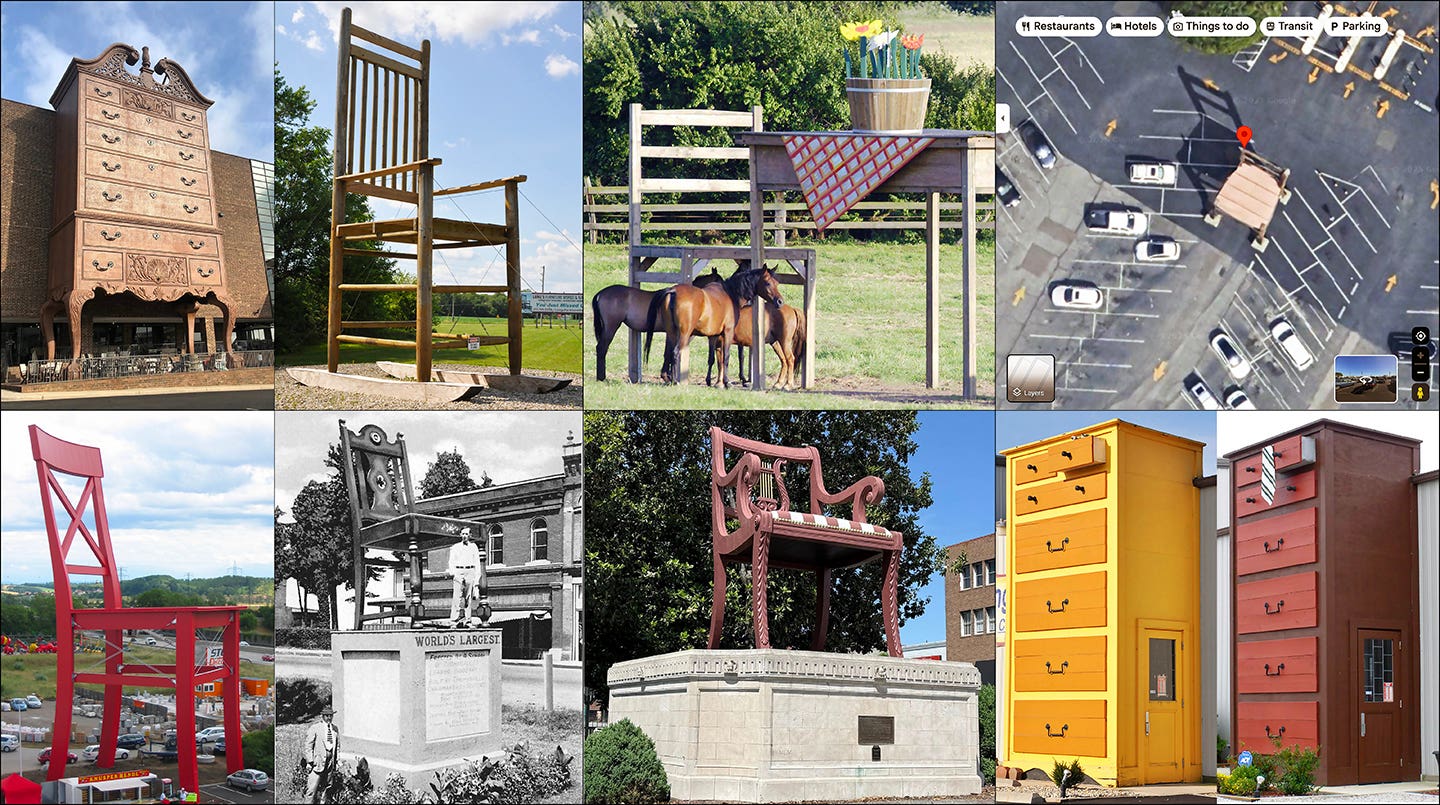Ingrained habit
I sometimes don’t expect the effects of grain direction – not that the grain itself is unattractive, but the combination of the grain with other project components. When selecting wood…
I sometimes don’t expect the effects of grain direction – not that the grain itself is unattractive, but the combination of the grain with other project components.
When selecting wood for a project I try to be very careful that everything works together – wood color, density, grain, imperfections – but I tend to miss how perfectly good grain could interact badly with other things. For example, I’d never choose wood with some weird grain that would stand out oddly when surrounded by “normal” grain. But from time to time I’ll make a piece where something looks just fine, up to and including staining, but then the whole thing goes funky when I add a final component.
For example, I made a face frame for a cabinet last fall. When affixed to the carcase, the frame looked fine, the grain was understated and everything matched. But when I added the door it was just, for lack of a better word, wrong. What had happened was that the grain on the two vertical face frame pieces on either side of the door was angled ever so slightly. Now, that looked perfectly OK by itself, but once the door was in place that angled grain made the door appear crooked. In fact, when I first saw it I thought I’d erred in hanging the door. But a quick check with a square and tape measure proved I’d hung the door perfectly; it was that angled grain on the face frame at the door sides working just right to create an optical illusion that the door was askew.
The fix turned out to be easy. Since the cabinet would hang by itself and have only one door, I just adjusted the door to make it a bit crooked. With the door at just the slightest angle, the optical illusion disappeared. Fortunately, the incorrect angle the door was now hung was so miniscule that it functioned and looked fine. Only I know it was purposely hung slightly off.
This wasn’t the first time I’d done this, and I doubt it’ll be the last. I find this kind of grain malfunction extremely difficult to anticipate.
A.J.
A.J. Hamler is the former editor of Woodshop News and Woodcraft Magazine. He's currently a freelance woodworking writer/editor, which is another way of stating self-employed. When he's not writing or in the shop, he enjoys science fiction, gourmet cooking and Civil War reenacting, but not at the same time.







